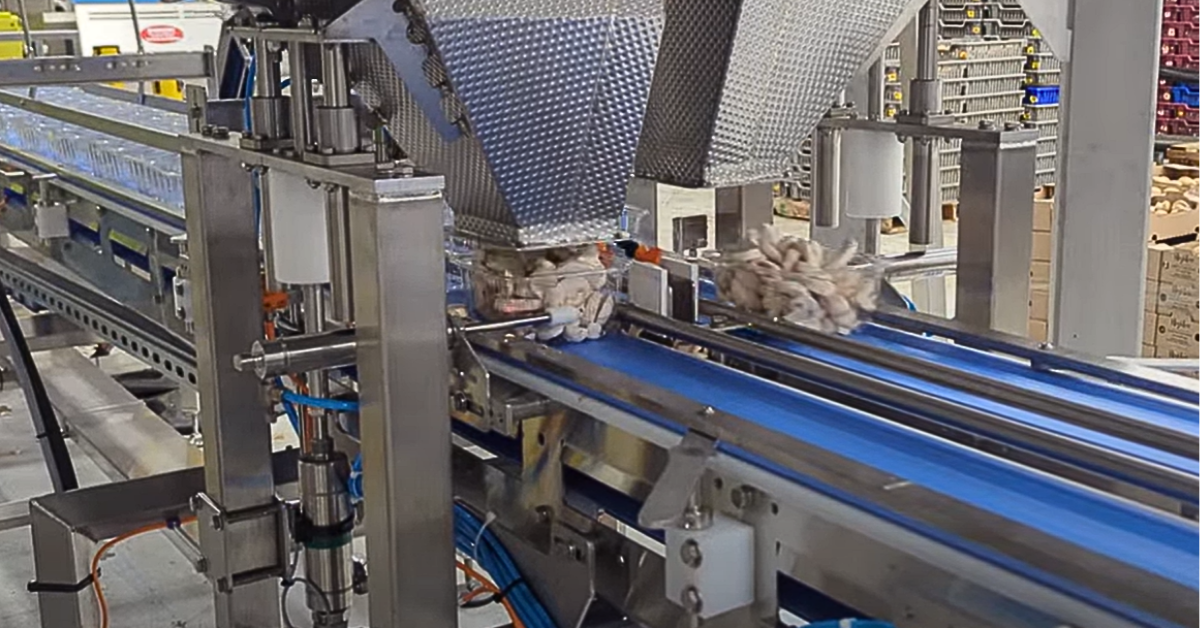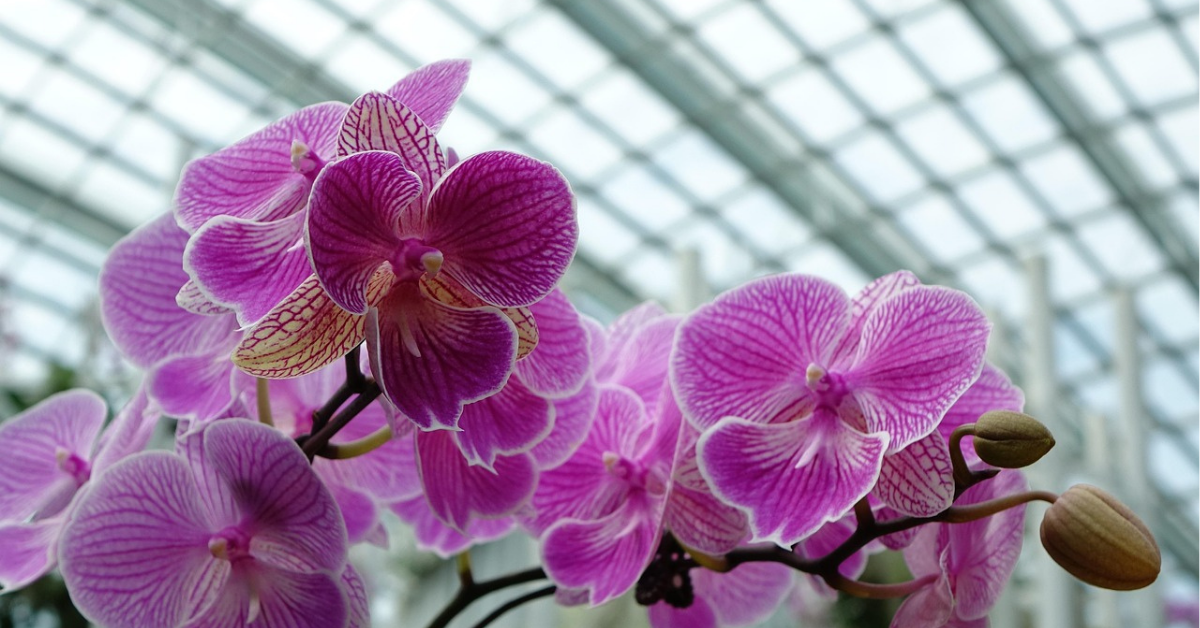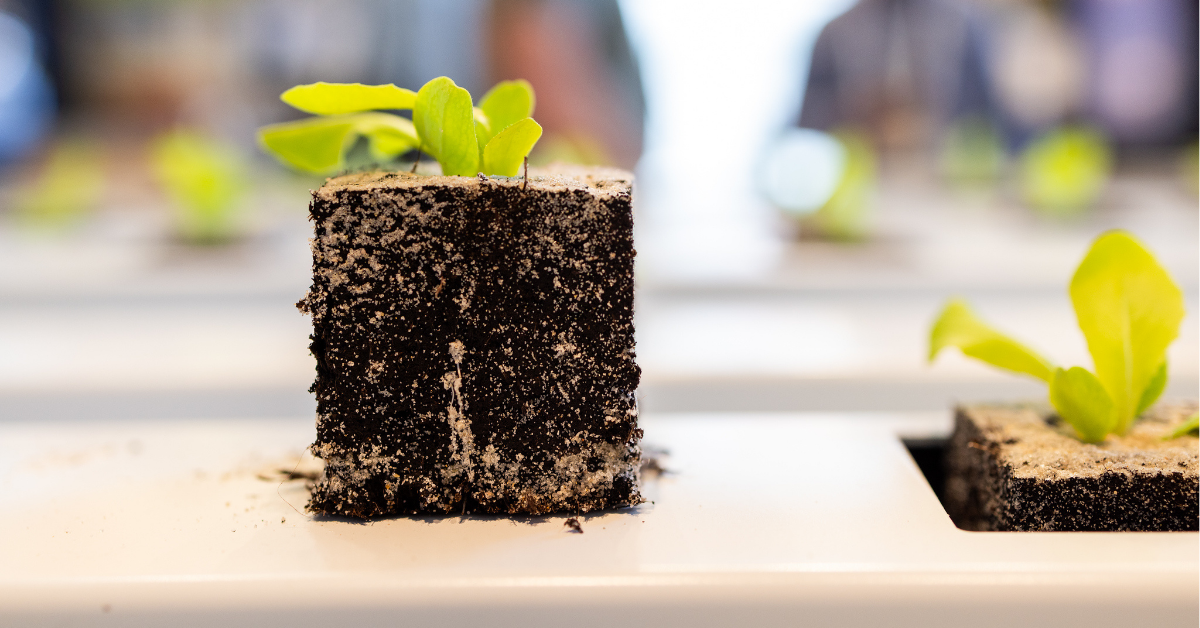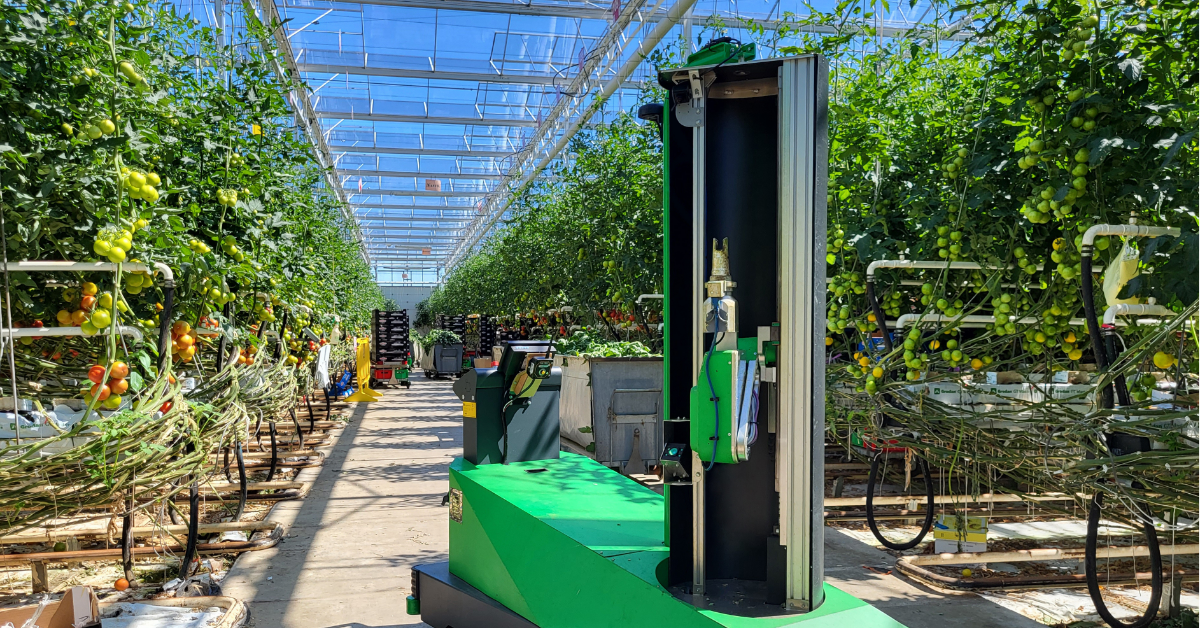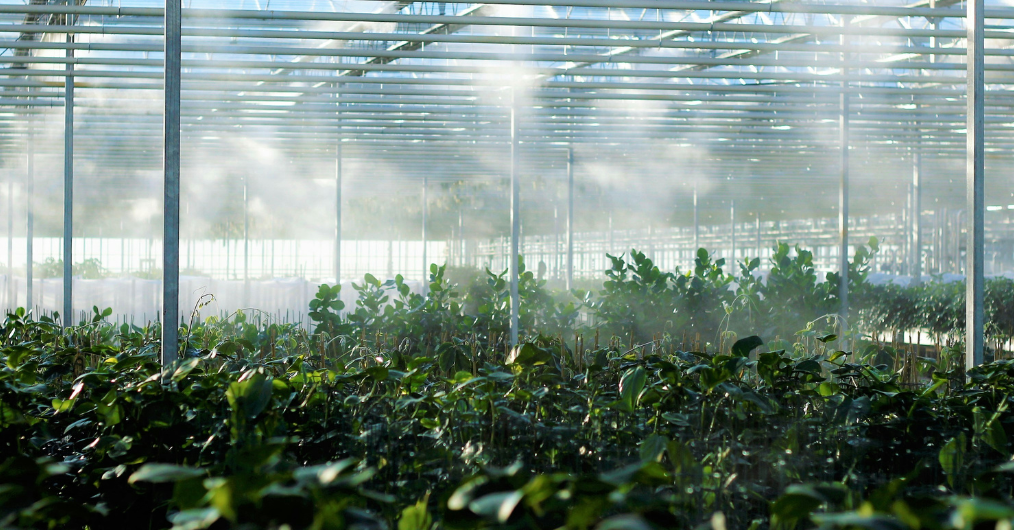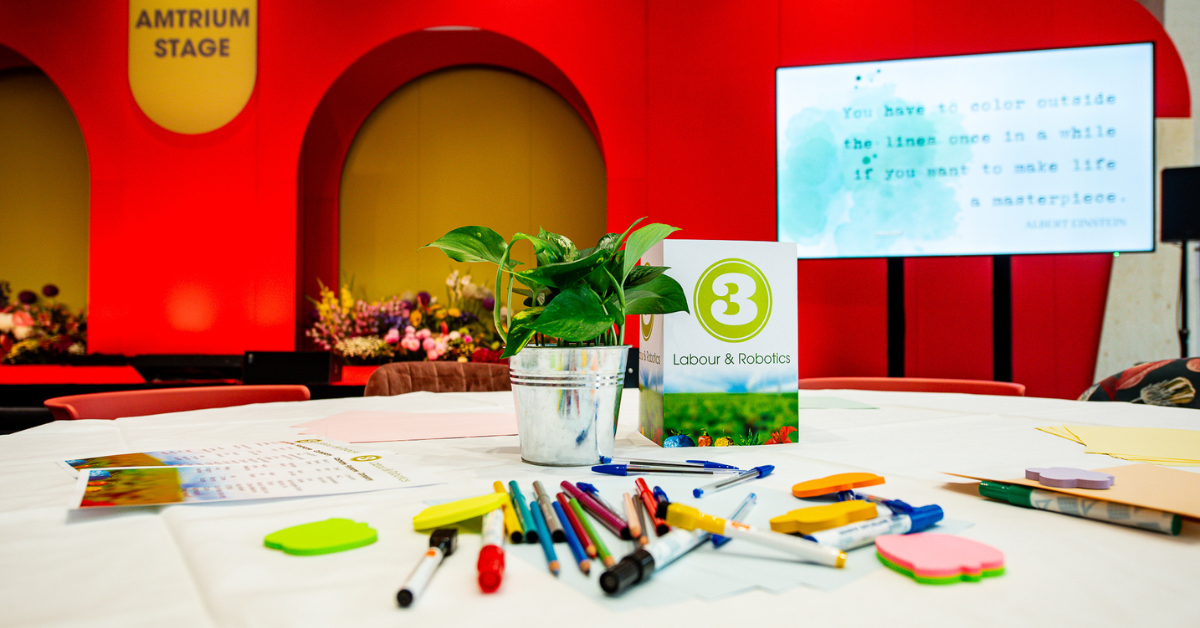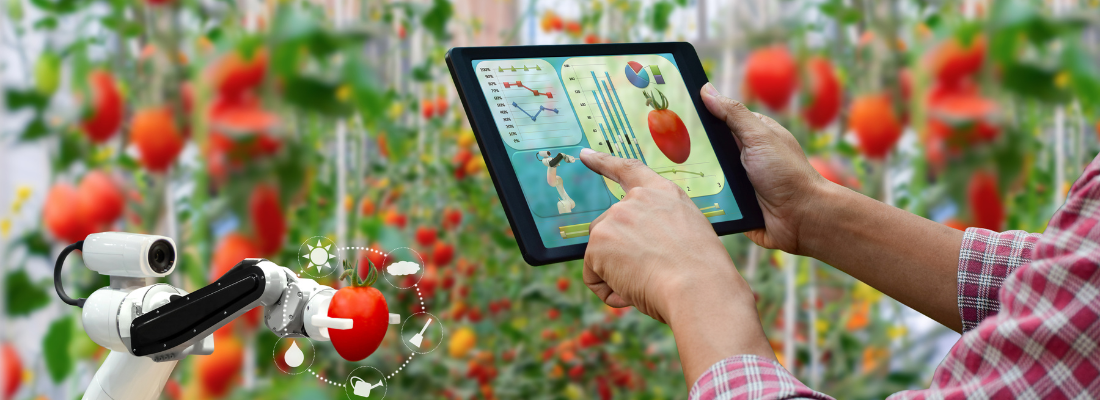Mexico and the United States are important horticultural countries with enormous market potential. However, to meet the wishes and expectations of retailers and consumers, growers still need to take steps to further professionalize. Two growers from Mexico and one from the US talk about the developments that they believe will have the most impact in the coming years
Rising Farms: Sale & Lease back
Rising Farms is a high-tech indoor farming and Real Estate company in Mexico. The company uses next-generation technology and a proprietary Real Estate approach to grow the best quality vegetables in a controlled environment with a scale the industry has never seen. Pablo Ricaud is Chairman of the board and CFO. “Our facilities are in Mexico and we cater to Retailers in the US and Canada. Horticulture in North America has seen considerable development in recent years and stagnation. The adverse weather in the US and Canada makes the costs of growing certain crops too high for profitability, and in Mexico, the lack of scalable investment schemes, sophistication and correct know-how have impaired growth.”
Grow exponentially
According to Ricaud new technologies and a different approach are needed to increase costs and lift horticulture in Mexico to a higher level. “In order to keep on developing, the industry needs viable cost structures, both in terms of capex and operation. This also means choosing where you grow, not just how you grow. In Mexico, the lack of space and technology and also the insufficient corporate structures, have shown to be the biggest threats for companies.” Rising Farms, therefore, develops tech-enabled large-scale indoor farms that do much more with less. The company believes most growing facilities are now very capital-intensive. “Traditional companies in the industry grow very slowly because of this. We partner with institutional real estate investors for them to absorb the real estate side. This will allow us to grow exponentially.”
Rising Farms builds high-tech indoor farms, sells them to an investor and then leases them back. This way they separate real estate from growing. “With the money, we get out of the real estate, we build a new greenhouse and so we continue to grow every time.” By doing so, Rising Farms wants to become the biggest grower in Mexico with tomatoes, but also by introducing new products to the local industry. “The premium segments for ultra-high-quality specialties are showing great promise and growth”, says Ricaud. “That’s our main focus. And we hope that high-tech horticulture in Mexico will get a boost, continues to grow in the next years and will have an increasing impact on the North American market. I believe Mexico can be one of the most important breadbaskets of the world.”
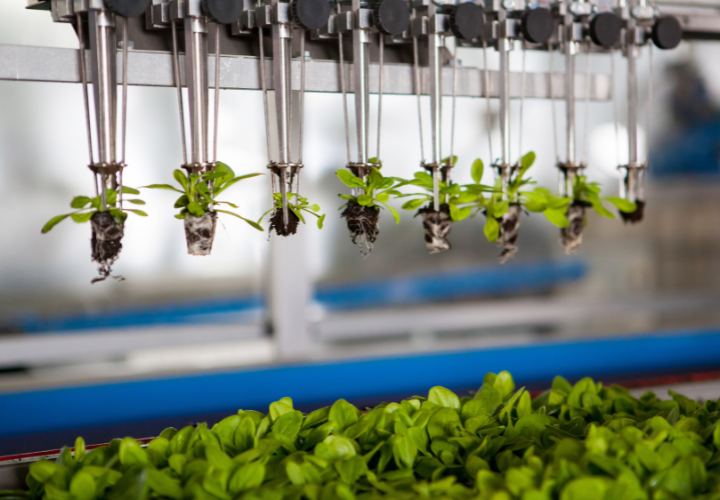
Village Farms Fresh: Autonomous growing
Village Farms Fresh grows tomatoes, cucumbers, and peppers at several facilities in the United States. Arie van der Giessen is Vice President and Regional Facility Manager. For two years he has been working with Blue Radix, specialist in autonomous growing. Blue Radix creates automated intelligence for almost all daily decisions and actions in greenhouses. “I had a growing need to digitize more,” says Van der Giessen. “I thought it was important to introduce more structure into the cultivation and to use better crop planning. The weather is becoming more and more extreme, which means that you always have to be alert and that you also have to grow differently. In addition, there is less and less green knowledge available, so it’s good if you can make decisions based on available data.”
Extra pair of eyes
Van der Giessen came into contact with Blue Radix through Ridder. “It immediately gave me a good feeling when they told us they did not want to take over our cultivation, but rather wanted to offer support so that we could optimize the cultivation ourselves. By using our parameters and by determining how much influence the program has. Autonomous growing is quickly seen as a threat by many growers, but our cultivation specialists see it as a very positive development. Because the level of knowledge is declining, people are becoming increasingly distant from the plant and the climate. Blue Radix offers an extra pair of eyes. You will receive advice at the right times, installations in the greenhouse are steered autonomously and if something goes wrong, you will be called immediately.”
According to Van der Giessen, autonomous growing is an interesting option for many companies, regardless of the size of the company and the crop being grown. “I hear and see around me that many companies in North America are looking for methods to guarantee production and quality. If you can't get enough people to control the cultivation, a system like this really makes the difference. It offers the opportunity to improve business operations and therefore to achieve higher quality. Large companies, in which investors are involved, are seriously looking at this development. But smaller companies also see the added value. I would be happy to share my experiences with all of them.”
Concentrate on other things
Rest and ease, according to Van der Giessen, are the keywords. “Recently I had to hire a new inexperienced horticulturist and I wouldn't have dared to do that without Blue Radix's autonomous growing system Crop Controller. That would have cost me too much time. But now it went just fine because I can trust that the chosen strategy will be followed. This allowed me to concentrate on other things, while my production stays under control and predictable. The longer we work with this system, the better we get at it.” In the long term, Van der Giessen also wants to automate the biology of the nursery, based on the available data on diseases and pests. “There are still a lot of steps we can take in that regard. Ultimately, Village Farms Fresh, as well as other farms in North America, will become smarter through the use of autonomous growing. It will lead to better production models and therefore better results. As a sector, we can therefore improve in the next years.”
Veggies from Mexico: safety & responsibility
Veggies From Mexico is a community of independent growers held together by strong values and a shared business vision. They produce fresh, tasty, nutritious, healthy, and safe vegetables. Its members are based in Sinaloa, a key vegetable-growing region that produces tomatoes, cucumbers, bell peppers and green beans. “Their products you can use with the confidence that they were grown by a community that respects the environment, promotes the development of people and their communities; and conducts business with ethics and transparency”, says General Director Georgius Gotsis.
Since 2009 the community enforces and validates a strict food safety & social responsibility compliance system for every member. Each member is assigned a compliance tier based on the food safety and social responsibility certifications they have. A team of certified auditors named Eleven Rivers Compliance Team performs weekly validation visits to every member’s facility in order to ensure that they meet the requirements. Including the newly defined USMCA labor obligations. “Even though the Eleven Rivers Compliance Team cannot revoke any certification, they have the authority to remove non-compliant members from the community”, explains Gotsis.

Key supplier in winter
Sinaloa is a key supplier of produce in the US in the wintertime, says Gotsis. “About 50% of the tomatoes grown during the winter come from this area. With other vegetables, such as peppers and cucumbers, the percentage is even higher.” Mexico has increased its acreage of protected agriculture, not only in Sinaloa, but in many other states such as Jalisco, Nayarit, Sonora, and San Luis Potosi among others. “These allow the Mexican fresh produce industry to supply year-round production of high-quality produce.”
In the ‘90s there was a big advance in the use of technology. Drip irrigation made all the difference to increase yields. New seed varieties came to the market and were more productive and with an extended shelf life for the crops. “Also, by the beginning of the year 2000, protected agriculture was introduced to our sate which combined with better seeds and advanced irrigation technology allowed our growers to increase by more than 100% the yields per hectare. Today, we see new technology coming to the industry such as Artificial Intelligence (AI) and big data.”
Predict plagues
This technology provides better information such as expected yields week after week, which at the same time results in better sales and contracts. “Big data uses information from previous years, seed varieties, weather, and markets, among other variables to make these predictions. This AI system is updated daily. Also, this technology has helped to predict plagues that may appear in the fields, so growers make the proper preventive decisions before the plagues damage the crops.”
Consumers and retailers demand and expect the food they eat to be safe and tasty. And also grown under the highest standards of food safety and social responsibility criteria. “We have achieved that already”, says Gotsis. “We also provide reliable traceability systems. Hopefully, one day we will see blockchain technology supporting traceability.” In the last few years, sustainability has also become a trend and a requirement. “Consumers want their produce to come from fields and facilities that respect the environment and the communities around them. We are starting to see more and more certifications related to sustainability coming into the produce industry. And, finally, we need to better address food waste to reduce it.”
Recognition of retailers
In order to keep up, growers need to educate themselves with the new standards and trends, says Gotsis. “And then we have to share our knowledge and motivate the growers to incorporate the new standards and criteria in their companies. Veggies From Mexico recently joined GlobalGap Membership to improve our auditing in sustainability, so we can support and strengthen our growers. Right now, our community has 12 members and they export around 25 million boxes of produce every year, which represents about 35% of the produce coming out of Sinaloa. 10 years from now we expect to increase our community members to 30 and to represent 80% of the produce coming out of our state. We also expect to have the recognition of retailers and consumers as a community that provides high-quality and safe produce. And of course, we expect all this effort to result in better returns to our growers.”
